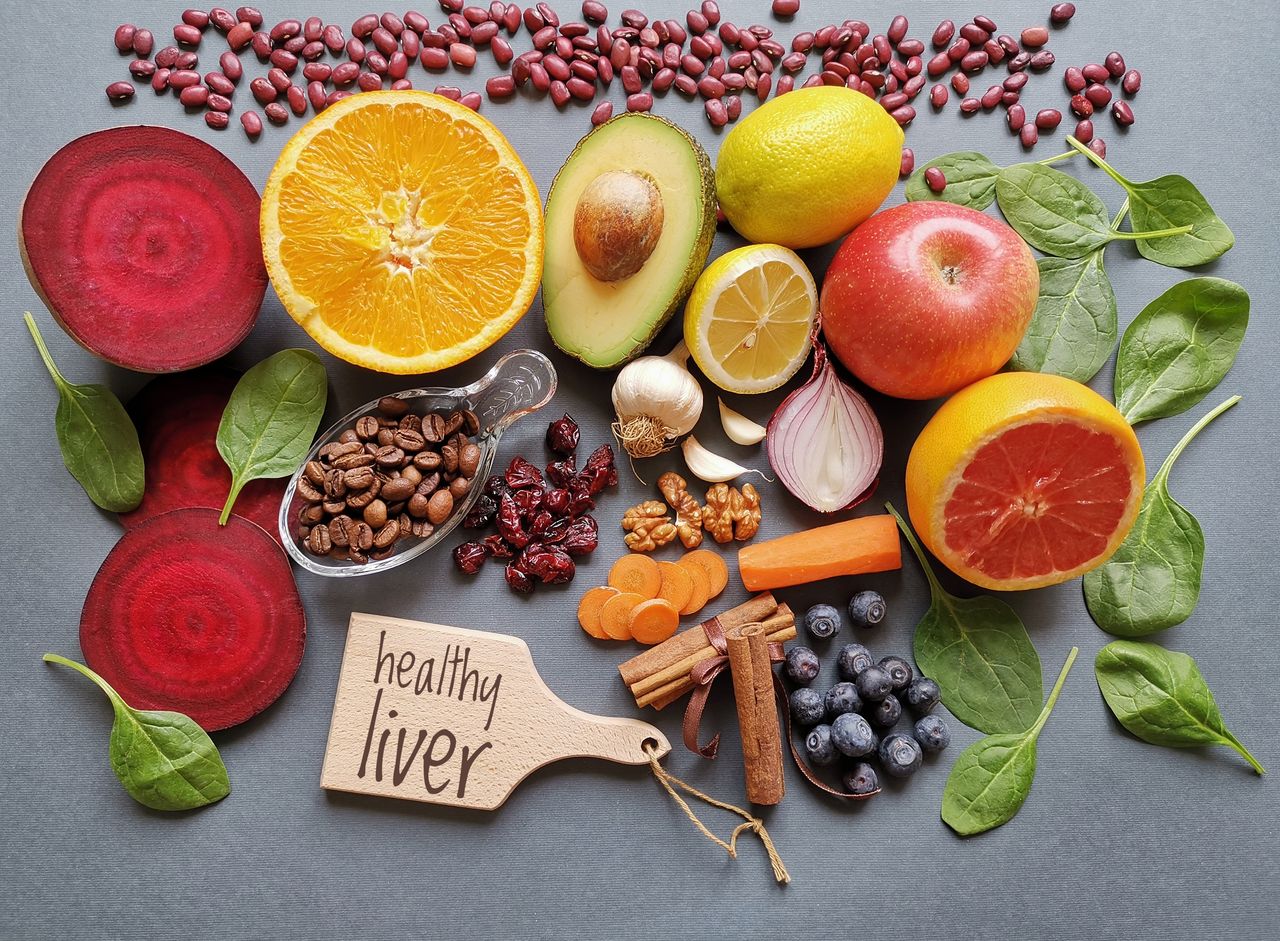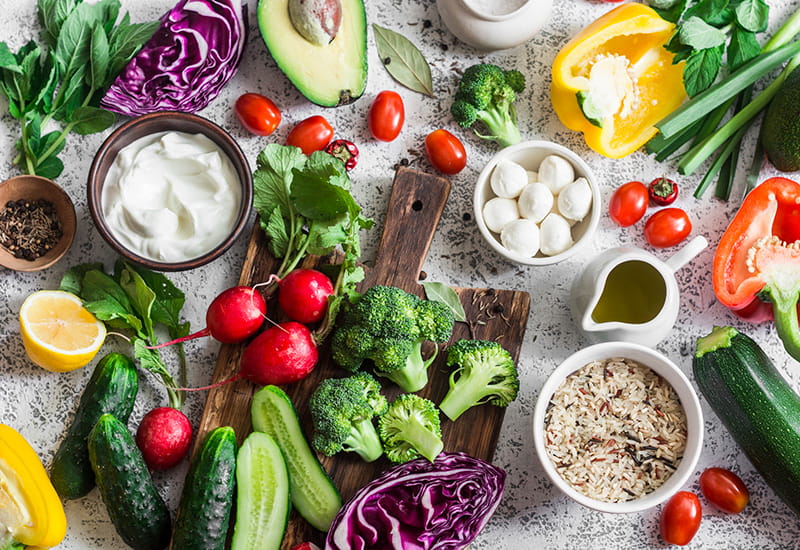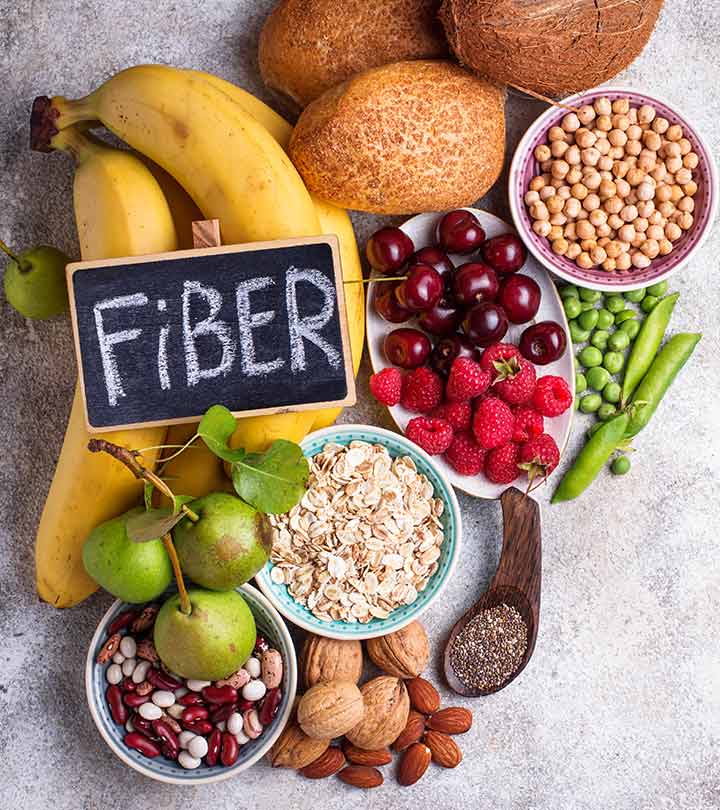The use of red yeast rice, either in culinary applications or for medical purposes, can provide a number of impressive health benefits.
What is Red Yeast Rice?
Red yeast rice is a form of rice that has been overgrown by a particular mold species, Monascus purpureus, which happens to be red in color. In use for more than 2,000 years, this type of rice was popularized in China and Japan and still remains primarily available in those regions. It is often used to color different food preparations and has a number of unique effects on health, so it is sometimes administered purely as a medicinal remedy.
In terms of safety, many people shy away from consuming it, but this particular strain doesn’t pose a threat to humans when consumed in moderation. This type of rice remains a staple in some parts of the world, and its popularity continues to increase in America and other nations with large populations of Chinese and Japanese immigrants.
Red Yeast Rice Benefits
There are many benefits to eating red yeast rice, including its ability to lower cholesterol, prevent cancer, stimulate bone growth, and prevent inflammation, among others.
Soothes Inflammation
The statin-like compounds found in these rice products are not only known to lower cholesterol but also to soothe inflammatory reactions from the immune system. This will help prevent chronic diseases and lower your risk of common infections.
Obesity
Eating any type of rice can help you lose weight, as it is notoriously filling, yet nutrient-dense, but red yeast rice is particularly effective, as it can help stimulate the metabolism and also lower cholesterol levels. Excess cholesterol can increase your risk of obesity, as it is often associated with a sedentary life and other poor lifestyle choices.
Lowers Cholesterol Levels
Red yeast rice contains monacolin K, also known as lovastatin, which lowers cholesterol levels, and will, in turn, lower your risk of heart attacks, strokes, and atherosclerosis.
Improves Bone Density
There are correlations between the consumption of red yeast rice and the levels of bone density, as well as the risk factors for osteoporosis. It can help in improving the bone health and prevent diseases.
Prevents Cancer
This form of rice has been linked to reducing triglyceride levels, which have also been linked to lower levels of cancer in the past. However, research is still ongoing to firm up this potentially vital link between red yeast rice and anti-cancer activity.
Improves Heart Function
By reducing cholesterol levels, you can balance blood pressure and eliminate undue strain on the cardiovascular system. This can lead to a much lower risk of coronary heart diseases.
Prevents Metabolic Syndrome
Metabolic syndrome affects people across the world and is often a comprehensive set of conditions that include diabetes, high blood pressure, obesity, and high cholesterol. Research has shown that red yeast rice is able to prevent some of the key risk factors for this syndrome.
Red Yeast Rice Uses
There are quite a few uses for red yeast rice, both traditionally and in modern times. The two main forms, however, are in culinary applications and for traditional medicines.
Culinary
If you are cooking with red yeast rice, you can make many meals and beverages, such as Peking duck, red rice vinegar, sake, and rice wine. The flavor isn’t particularly different from normal rice, but it will affect the color of these foods and liquids.
Medication
Red yeast rice is highly sought after because of certain cholesterol-lowering compounds found in the rice following the addition of the yeast. The three main types of red yeast rice include zhitai, cholestin (HypoCol), and xuezhikang. The substance that the yeast produces when combined with the rice is called monacolin K, which has now been popularized in the pharmaceutical world as lovastatin. This is a very common cholesterol-lowering ingredient in medications. However, for thousands of years, this substance was used before any of these chemical details were known!
Red Yeast Rice Side Effects
Despite the benefits of red yeast rice, there are also some potentially serious side effects that should be considered, such as kidney issues, liver disease, drug interactions, and complications with pregnancy.
Drug Interactions: This type of rice does act like a cholesterol-lowering drug – a statin – so if you are already taking medication for your cholesterol, or for any other chronic disease, there can be dangerous interactions. Be sure to speak with your doctor about any other prescriptions you are currently taking before using red yeast rice.
Pregnancy: Due to a history of birth defects in animals following the ingestion of red yeast rice, it is highly recommended that pregnant and breastfeeding women avoid this substance.
Kidney Disease: As a result of the active compounds and statin-like chemicals in this form of rice, it can exacerbate certain kidney issues, including raising your risk of kidney stones.
Liver Health: Studies have found that this particular strain of mold can have negative effects on the liver, and increase your risk of liver diseases. Be sure to speak with your doctor about consuming this rice, especially if you have a history of liver problems.







